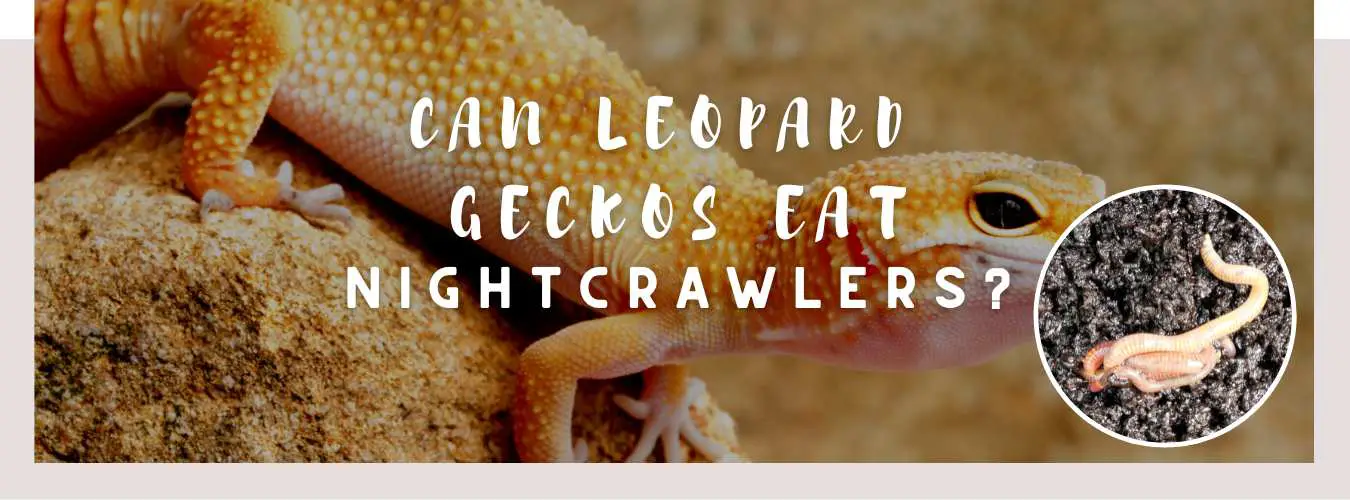
Feeding your leopard gecko nightcrawlers is relatively easy. Simply place the nightcrawler in the gecko’s enclosure, and the gecko will instinctively hunt it down. You may even witness the gecko displaying its hunting behavior, with its tail wagging and eyes locked on the delicious prey. Watching your leopard gecko catch and eat a nightcrawler can be a truly mesmerizing experience.
About Leopard Geckos
These geckos have a distinctive pattern on their skin, which resembles the spots found on leopards, hence their name. They can grow to be around 8 to 10 inches long and come in a variety of colors, including yellow, orange, and white.
One interesting fact about leopard geckos is that they are insectivores, which means their diet consists mainly of insects. Some common food options for leopard geckos include crickets, mealworms, and waxworms.
| Characteristic | Description |
|---|---|
| Temperature | Leopard geckos require a temperature range of 82-88°F during the day and 70-75°F at night. |
| Housing | They should be kept in a spacious terrarium with a heat source, hiding spots, and a substrate suitable for burrowing. |
| Life Span | Leopard geckos can live up to 15-20 years with proper care. |
| Handling |
Appearance and Characteristics
Leopard geckos are also known for their ability to vocalize. They make a variety of sounds, including chirping, clicking, and hissing, which they use to communicate with other geckos or to express their emotions. These vocalizations add to the intrigue and amusement of these fascinating creatures.
| Appearance | Characteristics |
|---|---|
| Distinctive pattern of spots and stripes resembling leopards | Ability to change skin color (blushing) |
| Almond-shaped eyes, stout body, small limbs | Size ranging from 6 to 9 inches |
| Soft, velvety skin | Vocalizations like chirping, clicking, and hissing |
| Nocturnal habits | Tails used for storing fat and reserve of energy |
About Leopard Geckos
Diet and Feeding
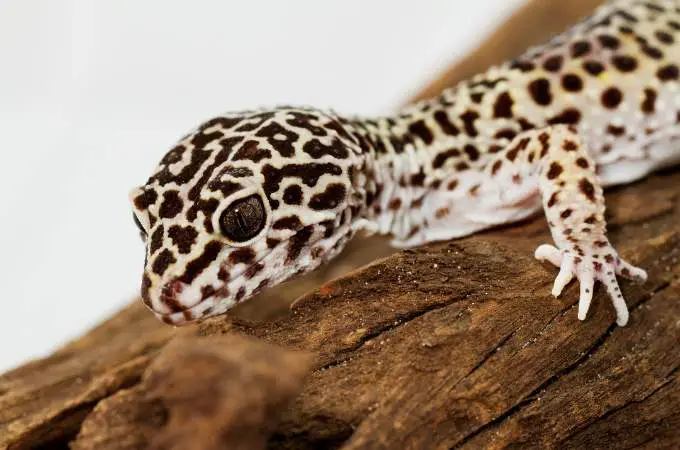
Nightcrawlers are nutrient-rich and provide essential vitamins and minerals that are beneficial for the health and well-being of leopard geckos. They are also a good source of moisture, helping to hydrate these reptiles. Feeding nightcrawlers to leopard geckos can provide them with a balanced diet and improve their overall health.
When feeding nightcrawlers to leopard geckos, it is best to offer them live worms. This allows the geckos to exhibit their natural hunting behavior and provides mental stimulation. Ensure that the nightcrawlers are properly gut-loaded before feeding them to the geckos. Gut-loading refers to feeding the worms nutritious foods before offering them to the geckos, ensuring that the geckos receive essential nutrients from their prey.
Leopard geckos typically feed at night, so it is recommended to offer nightcrawlers during their active hours. Create a feeding schedule and observe the gecko’s feeding behavior to ensure they are consuming the appropriate amount of food.
Diet and Feeding
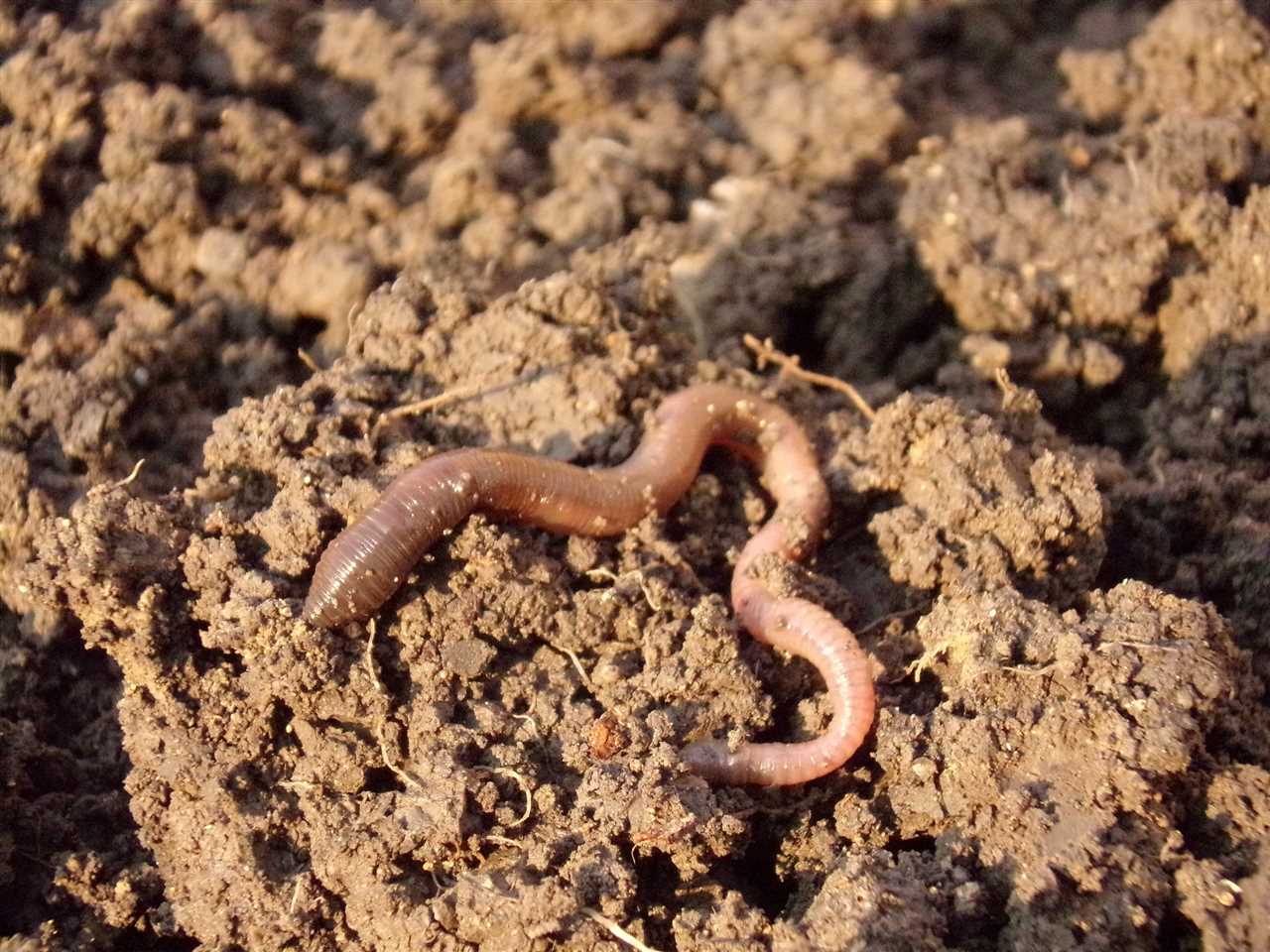
Types of Food
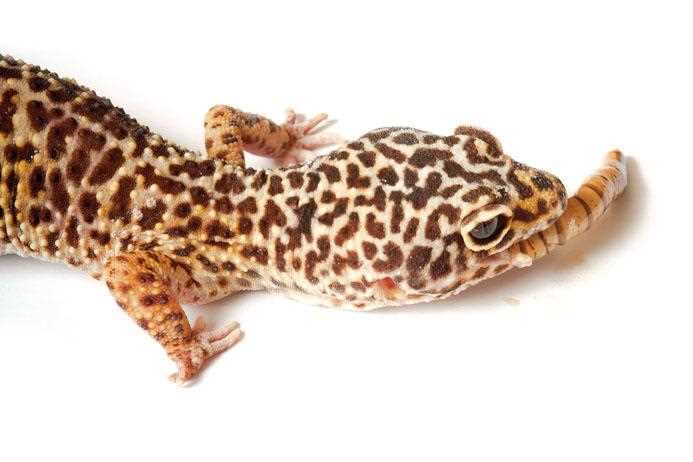
Leopard geckos primarily eat live insects. The most common insects that can be fed to leopard geckos include crickets, mealworms, waxworms, and dubia roaches. It is recommended to offer a variety of insects to provide a diverse diet and prevent your gecko from becoming selective or bored with their food.
Feeding Schedule
Leopard geckos are nocturnal hunters, and they typically feed at night. It is best to offer food in the evening or late afternoon when they are most active. Adult geckos can be fed every other day, while younger geckos may need to be fed daily to support their growth.
Feeder Insects
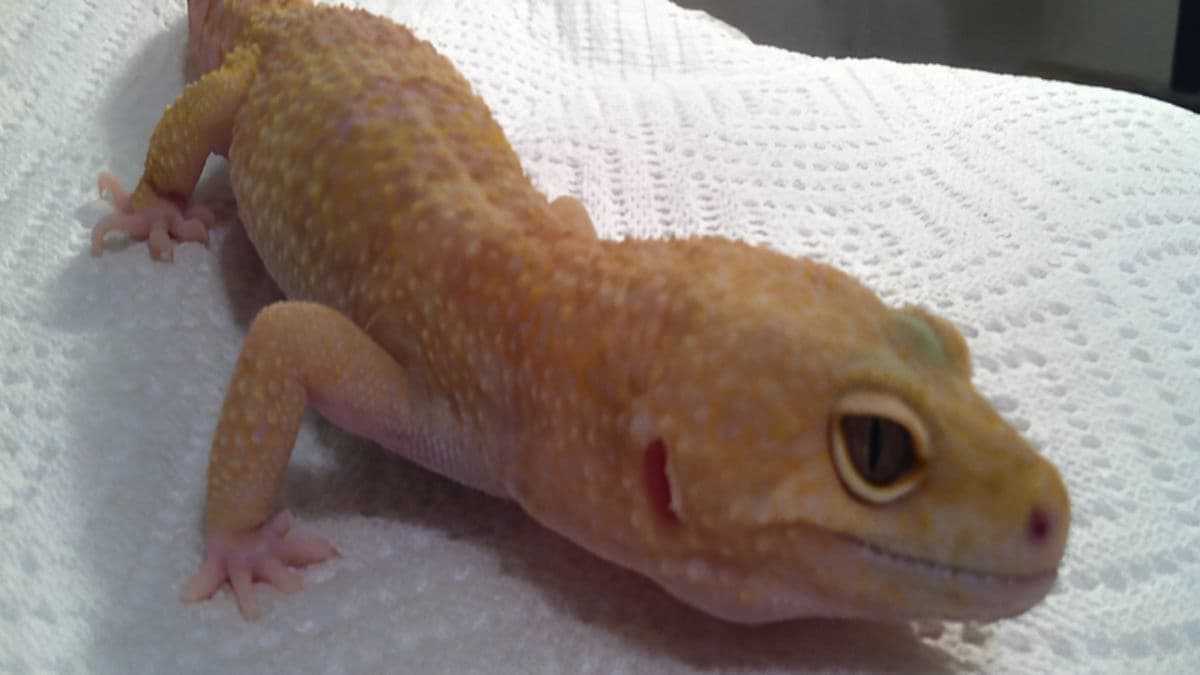
Dusting the feeder insects with a calcium supplement is also essential to prevent calcium deficiency, which can lead to metabolic bone disease. Additionally, providing a shallow dish of calcium powder within the gecko’s enclosure allows them to self-regulate their calcium intake.
Water
Leopard geckos require access to clean and fresh water at all times. It is best to provide water in a shallow dish that is easily accessible for the gecko. Avoid deep water dishes to prevent drowning incidents.
Some geckos may not drink water directly but obtain moisture from their food. However, it is still crucial to offer water as an option to maintain hydration.

I’m Lena Adams—a product of an unconventional upbringing in the African wilderness. My father, a daring explorer of African wildlife, sparked my fascination with reptiles, a passion that intertwined with the tragic loss of my mother during an expedition, leaving an indelible mark on my life. Driven to understand the creatures that captivated my parents, I embarked on my journey, sharing insights about reptiles, frogs, and lizards on my website. Through my explorations and conservation efforts, I honour my family’s legacy while seeking connections—to the creatures, nature, and the mother whose presence I yearn to understand.
